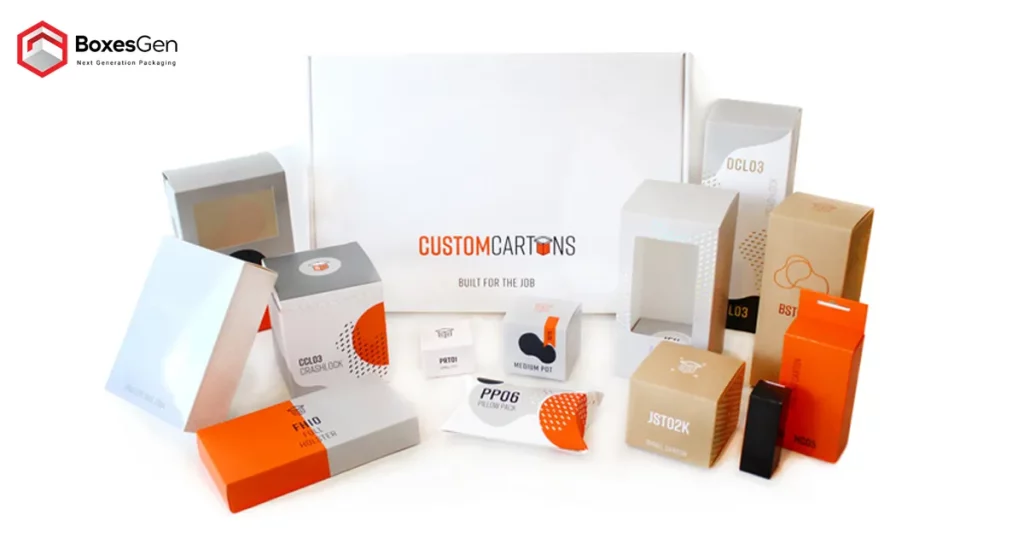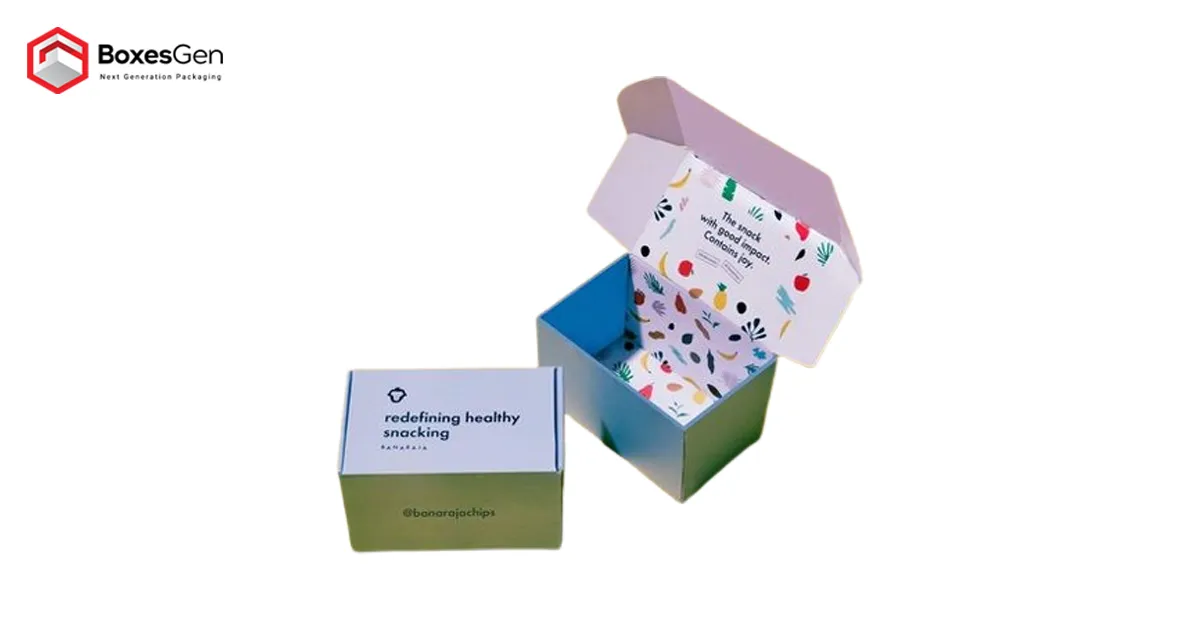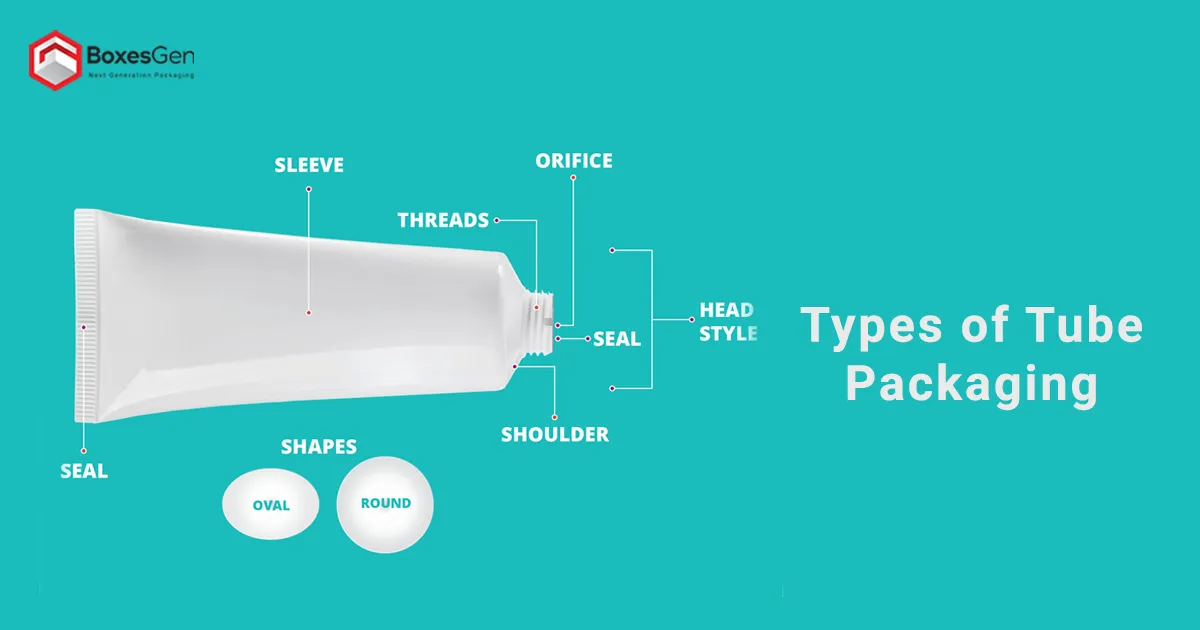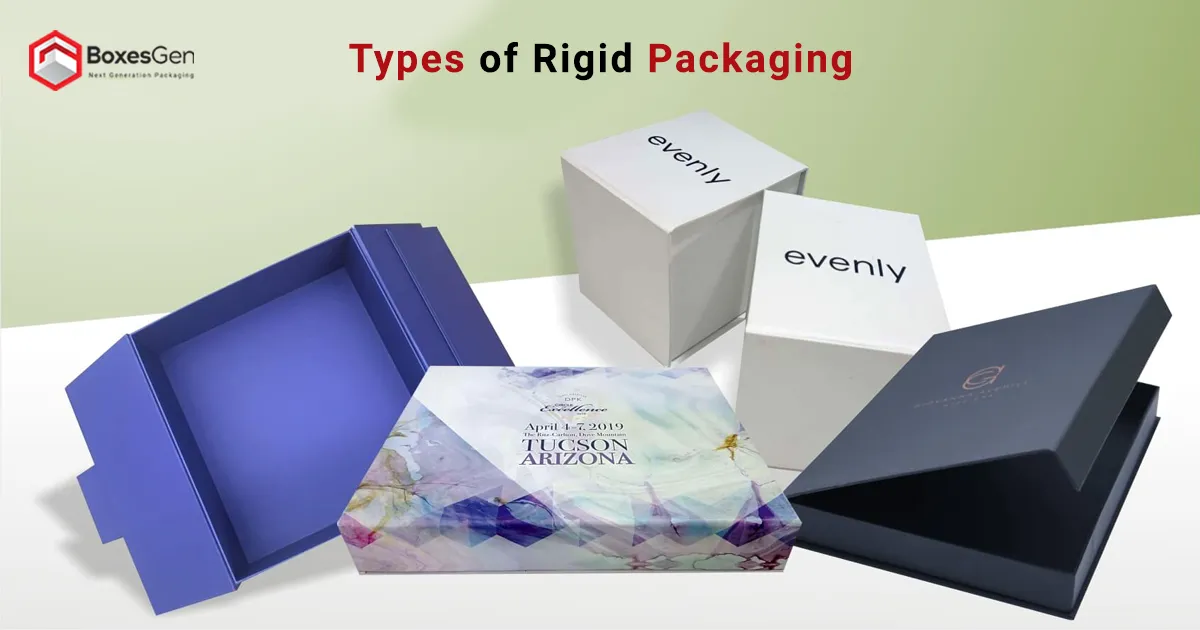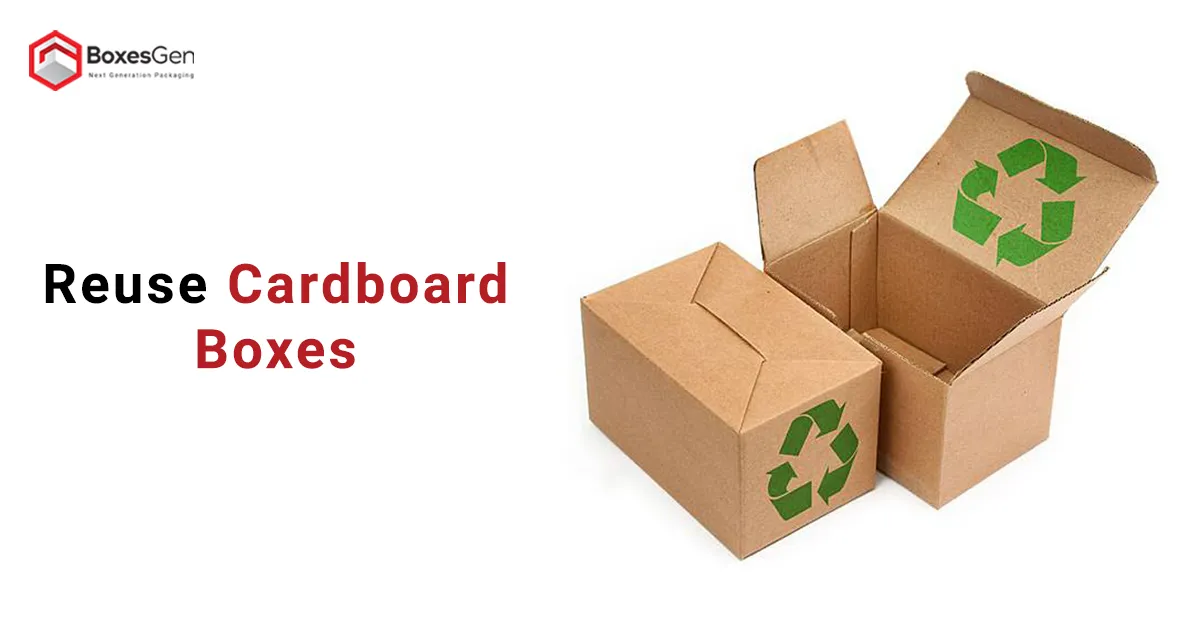What is Frustration-Free Packaging
When it comes to shopping, the experience of receiving a long-awaited package is often accompanied by a mix of excitement and impatience. The term “frustration-free packaging” has gained prominence, particularly in the context of e-commerce giants like Amazon. But what does frustration-free packaging mean, and how does it differ from standard packaging?
Defining Frustration-Free Packaging
Frustration-free mailer boxes, as the name suggests, aims to simplify the unboxing experience for consumers. It is designed to minimize the hassles typically associated with opening packages, reducing unnecessary layers of materials, and ensuring that the product can be accessed easily. This concept is particularly emphasized by Amazon, a pioneer in the e-commerce landscape, as it strives to improve
customer satisfaction from the moment the delivery arrives.
Amazon’s Packaging Evolution
Amazon packaging has undergone a significant transformation over the years, evolving from the conventional cardboard box to the concept of frustration-free packaging. The iconic “Amazon box” has become synonymous with doorstep deliveries, but the company is now placing a greater emphasis on sustainability and user-friendly packaging.
Frustration-Free vs. Standard Packaging
One key question that arises is, “What’s the difference between frustration-free packaging and standard packaging?” Standard packaging often involves excess materials, such as plastic wraps, tape, and unnecessary layers of cardboard. In contrast, frustration-free cardboard boxes streamline the packaging process, reducing waste and making it easier for customers to access their products without the need for scissors or excessive effort.
Lego Frustration-Free Packaging
Lego, the beloved toy brand known for its intricate building blocks, has also embraced frustration-free shipping boxes. Lego frustration-free packaging prioritizes simplicity and ease of access while maintaining the integrity of the product. The goal is to augment the overall customer experience, allowing enthusiasts of all ages to dive into their building projects without the frustration of battling with excessive packaging.
Shipping Box Dimensions
Small Box Dimensions
Inches: 8 x 6 x 4
Centimeters: 20.32 x 15.24 x 10.16
Millimeters: 203.2 x 152.4 x 101.6
Medium Box Dimensions
Inches: 16 x 12 x 8
Centimeters: 40.64 x 30.48 x 20.32
Millimeters: 406.4 x 304.8 x 203.2
Large Box Dimensions
Inches: 24 x 18 x 12
Centimeters: 60.96 x 45.72 x 30.48
Millimeters: 609.6 x 457.2 x 304.8
Extra-Large Box Dimensions
Inches: 24 x 24 x 24
Centimeters: 60.96 x 60.96 x 60.96
Millimeters: 609.6 x 609.6 x 609.6
Long Box Dimensions
Inches: 36 x 6 x 6
Centimeters: 91.44 x 15.24 x 15.24
Millimeters: 914.4 x 152.4 x 152.4
Flat Box Dimensions
Inches: 18 x 12 x 2
Centimeters: 45.72 x 30.48 x 5.08
Millimeters: 457.2 x 304.8 x 50.8
Cubic Box Dimensions
Inches: 12 x 12 x 12
Centimeters: 30.48 x 30.48 x 30.48
Millimeters: 304.8 x 304.8 x 304.8
Wardrobe Box Dimensions
Inches: 24 x 24 x 40
Centimeters: 60.96 x 60.96 x 101.6
Millimeters: 609.6 x 609.6 x 1016
Unwrapping the Benefits of Frustration-Free Packaging
The advantages of frustration-free packaging extend beyond the immediate convenience for customers. By reducing the amount of packaging material used, companies contribute to environmental sustainability. This eco-friendly approach aligns with growing consumer awareness and demand for businesses to adopt environmentally responsible practices.
SIOC Packaging and Frustration-Free Principles
SIOC, or “Ship in Own Container,” is a concept closely associated with frustration-free packaging. This approach focuses on shipping products in their original packaging without the need for an additional shipping box. SIOC packaging aligns with frustration-free principles by eliminating unnecessary layers, optimizing shipping space, and minimizing waste.
Frustration-Free Packaging and Amazon
Amazon has been at the forefront of promoting frustration-free corrugated boxes. The company actively encourages its sellers to adopt this approach, offering support and resources to facilitate the transition. The initiative aligns with Amazon’s broader commitment to sustainability, aiming to reduce the environmental impact associated with excessive product shipping packaging materials.
Exploring Frustration-Free Packaging Innovations
While frustration-free packaging primarily focuses on simplifying the unboxing experience, the concept has evolved to encompass various innovative strategies. One notable example is the integration of technology. Some companies are exploring the use of QR codes or augmented reality on packaging, offering customers an interactive and engaging experience. These advancements not only add a layer of excitement to the unboxing process but also contribute to brand differentiation in a competitive market.
Consumer Feedback and Iterative Design
Amazon’s commitment to frustration-free packaging is not static; it’s a journey shaped by consumer feedback. The company actively seeks input from customers to identify areas for improvement. This iterative design process allows for continuous refinement, ensuring that frustration-free packaging evolves in tandem with changing consumer expectations and preferences.
The Role of Packaging in Brand Perception
Frustration-free packaging extends beyond its functional aspects; it plays a crucial role in shaping brand perception. Companies that prioritize a seamless unboxing experience demonstrate a commitment to customer satisfaction and environmental responsibility. In the age of social media, where unboxing videos and reviews are prevalent, positive experiences with frustration-free packaging can contribute to a brand’s positive image and customer loyalty.
Frustration-Free Packaging in E-Commerce Worldwide
The influence of frustration-free packaging is not limited to a specific region or market. E-commerce platforms globally are recognizing the significance of simplifying packaging processes. As the world becomes more interconnected, the sharing of best practices in frustration-free gable boxes contribute to a collective effort towards creating a more sustainable and user-friendly global e-commerce landscape.
Challenges and Considerations
While the benefits of frustration-free packaging are evident, businesses may face challenges during the transition. Adapting existing packaging processes, addressing potential cost implications, and ensuring that the packaging still effectively protects products are crucial considerations. However, the long-term advantages, both in terms of customer satisfaction and environmental impact, often outweigh the initial hurdles.
The Key to Successful Adoption
For frustration-free packaging to make a meaningful impact, consumer education is paramount. Companies should communicate the benefits of this approach to customers, highlighting not only the ease of unboxing but also the positive environmental implications. As awareness grows, consumers are likely to appreciate and actively seek products with frustration-free packaging, fostering a collective shift towards sustainable and user-friendly choices.
Frustration-Free Packaging in Diverse Industries
While Amazon and Lego have been pioneers in frustration-free packaging, the concept is now permeating various industries. From electronics to home goods, companies are recognizing the value of enhancing the customer experience through simplified packaging. This broad adoption indicates that frustration-free packaging is not just a trend but a fundamental shift in the way products are presented to consumers.
Frustration-Free Packaging and Corporate Social Responsibility
Incorporating frustration-free packaging into corporate social responsibility initiatives is a strategic move for companies. Beyond the immediate benefits of customer satisfaction and reduced environmental impact, it aligns businesses with broader societal expectations for responsible and sustainable practices. Frustration-free packaging, therefore, becomes a tangible expression of a company’s commitment to ethical and environmentally conscious operations.
The Future of Packaging
As consumers become more conscious of their environmental footprint, frustration-free retail packaging is likely to become the norm rather than the exception. Companies across industries, inspired by success stories like Amazon and Lego, are recognizing the value of simplifying the unboxing experience.
Conclusion
Frustration-free packaging is a customer-centric approach that prioritizes simplicity, accessibility, and environmental responsibility. As e-commerce continues to thrive, businesses that embrace this concept are not only meeting consumer expectations but also contributing to a more sustainable future. The evolution of packaging, guided by frustration-free principles, reflects a shift towards a more user-friendly and eco-conscious retail landscape.

